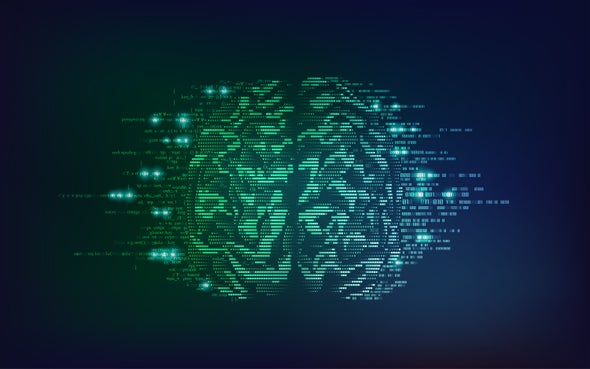Ekstrom, P. D. (2022, April 27).
Abstract
Moral convictions—attitudes that people construe as matters of right and wrong—have unique effects on behavior, from activism to intolerance. Less is known, though, about the psychological underpinnings of moral convictions themselves. I propose that moral convictions are social identities. Consistent with the idea that moral convictions are identities, I find in two studies that attitude-level moral conviction predicts (1) attitudes’ self-reported identity centrality and (2) reaction time to attitude-related stimuli in a me/not me task. Consistent with the idea that moral convictions are social identities, I find evidence that participants used their moral convictions to perceive, categorize, and remember information about other individuals’ positions on political issues, and that they did so more strongly when their convictions were more identity-central. In short, the identities that participants’ moral convictions defined were also meaningful social categories, providing a basis to distinguish “us” from “them.” However, I also find that non-moral attitudes can serve as meaningful social categories. Although moral convictions were more identity-central than non-moral attitudes, moral and non-moral attitudes may both define social identities that are more or less salient in certain situations. Regardless, social identity may help explain intolerance for moral disagreement, and identity-based interventions may help reduce that intolerance.
Here is my summary:
Main Hypothesis:
- Moral convictions (beliefs about right and wrong) are seen as fundamental and universally true, distinct from other attitudes.
- The research proposes that they shape how people view themselves and others, acting as social identities.
Key Points:
- Moral convictions define group belonging: People use them to categorize themselves and others as "good" or "bad," similar to how we might use group affiliations like race or religion.
- They influence our relationships: We tend to be more accepting and trusting of those who share our moral convictions.
- They can lead to conflict: When morals clash, it can create animosity and division between groups with different convictions.
Evidence:
- The research cites studies showing how people judge others based on their moral stances, similar to how they judge based on group membership.
- It also shows how moral convictions predict behavior like activism and intolerance towards opposing views.
Implications:
- Understanding how moral convictions function as social identities can help explain conflict, prejudice, and social movements.
- It may also offer insights into promoting understanding and cooperation between groups with differing moral beliefs.
Overall:
This research suggests that moral convictions are more than just strong opinions; they act as powerful social identities shaping how we see ourselves and interact with others. Understanding this dynamic can offer valuable insights into social behavior and potential avenues for promoting tolerance and cooperation.


















